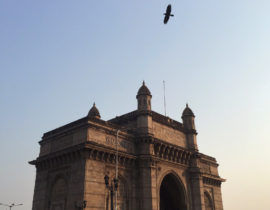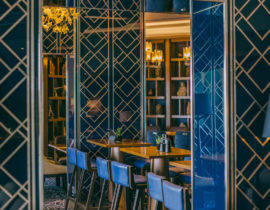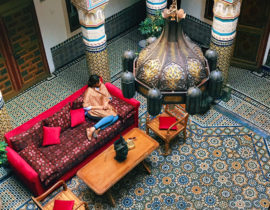“Malta?” asked the operator on the line. I was calling my bank to put a travel notice on my account and the person on the other end reacted as though I was going to Mars.
I may as well have been. Malta, that tiny dot in the Mediterranean, brimming with heaps of culture, cuisine and a charismatic people isn’t exactly on many people’s travel bucket lists, but it was on mine.
At the airport, I collect my bags and walk straight into the country. No security. After so many years of invasions, it seems the Maltese are no longer worried about outsiders.
As my taxi whizzed along, I found it hard to pay attention to the living museum of sandstone coloured churches and buildings going by. I was more concerned about my life. Drivers in Malta seem a little bit like the ones in India, minus the stray cows and goats that clog up traffic there. Road markers are ignored on a whim. Darting into the oncoming lane to overtake someone is standard procedure.
Half an hour later, I arrived safely at my hotel tucked into a pretty corner of Sliema, a charming coastal town developed by Valletta residents who wanted to get away from it all (even though it’s only a 15-minute boat ride from Valletta).
Elegant homes are punched with pops of colour; doors and window shutters painted in bold reds, blues and greens. Doorknobs are a nod to the maritime character. Brass mermaids, dolphins and seahorses had me stopping at nearly every one I passed (and there’s a lot).
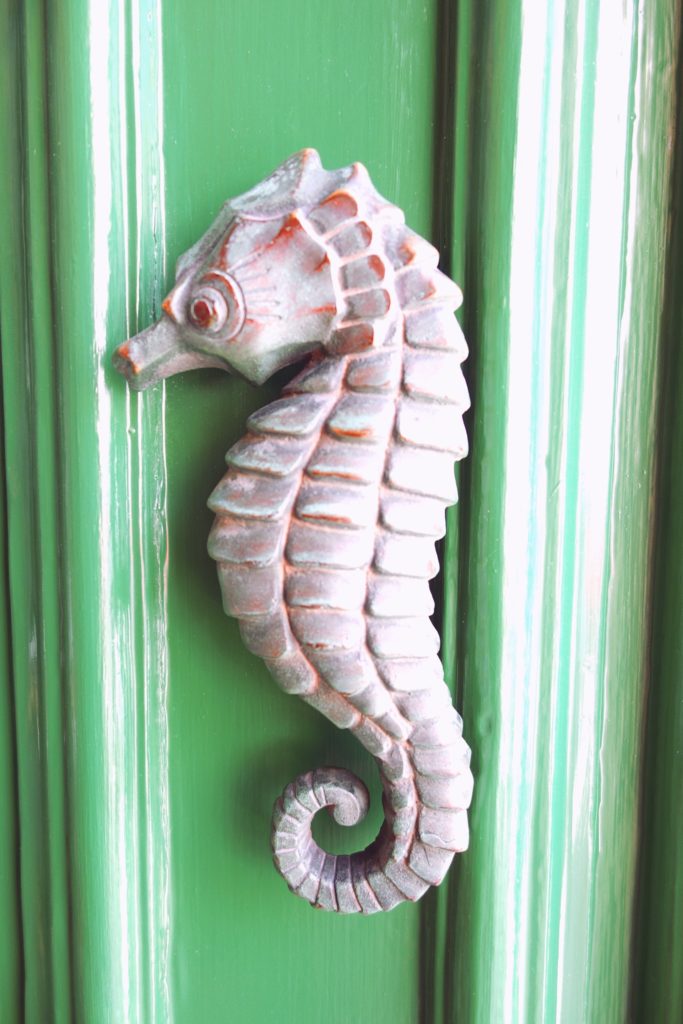
At a seaside patio restaurant, I try to make a dent in a huge focaccia topped with shaved parmesan and heaps of fresh arugula. Dark clouds roll above the angry, churning water, the surf crashing in a white froth on the rocks down below.
Malta is blessed with many a sunny day, so I was taken back by this moody weather. An hour later though, the clouds parted and the sun shone brightly, drying off the large boulders, revealing tide pools where sun seekers come to cool off in the Roman Baths; small cutouts in the rock.
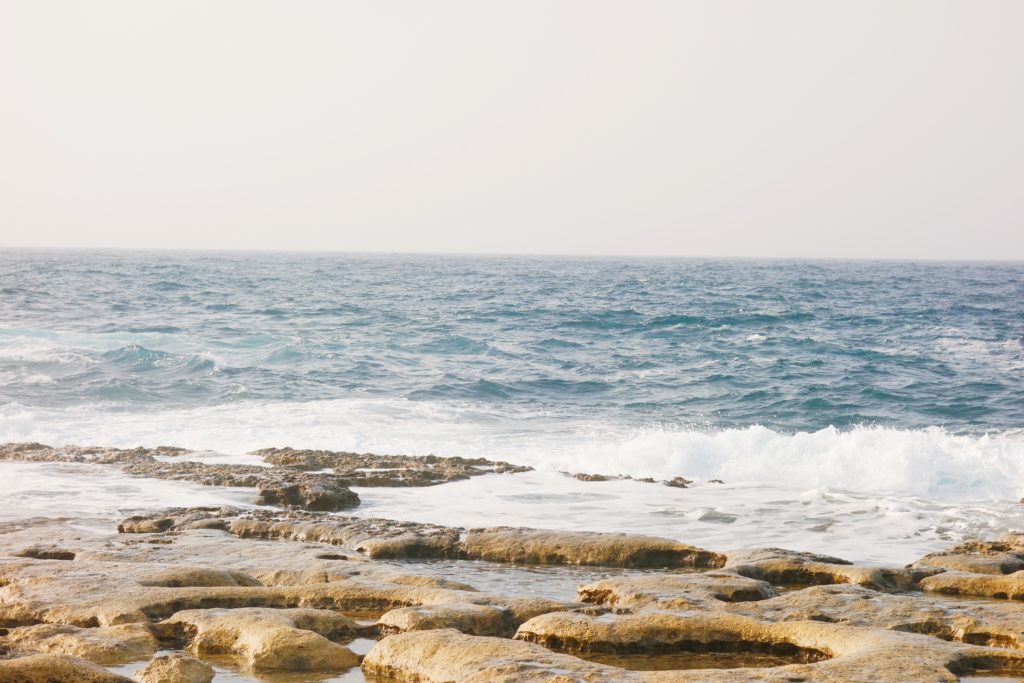
The boom boom sound of a day party beckoned. Beautiful Maltese women towering in heels and skin-tight dresses and men in equally as fitted dress shirts, bobbed their heads (there was not much room for them to move any other limb) to the music in the jam-packed club. Couples, young and old, walked hand-in-hand, smooching near the restaurants and hookah bars lining the waterfront promenade.
There are hints of the Arab legacy everywhere I go. The Maltese language sounds like an eclectic combination of both Italian (Sicily is its northern neighbour) and Arabic. City names like Mdina and Rabat are further reminders of this cultural tie that ended around 1090. Street names are written in both Maltese and English script. St. Dominic street is written as “Triq San Duminku.”
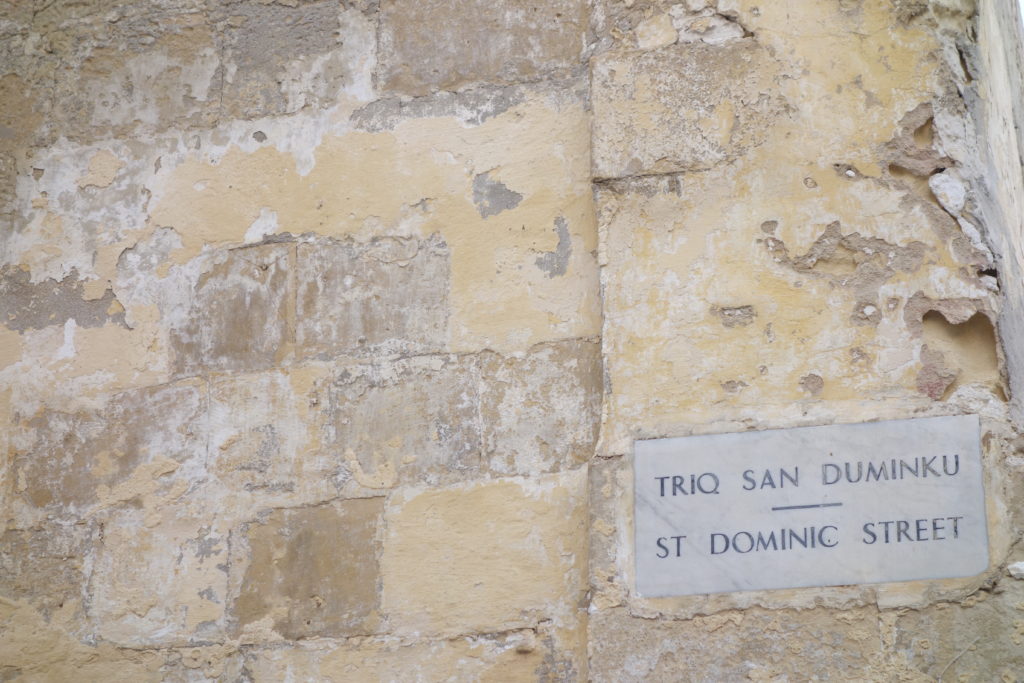
Despite its size, Malta has been fought over many times. A watchtower sits next to a crepe restaurant and a giant old fort looms over the water, a reminder that Malta’s strategic location was once attractive to many invaders. Red phone booths and post boxes and driving on the left side of the road are leftovers from when Malta was once part of the vast British empire and an important base for Britain during World War II.

The next day, I hopped onto the ferry that crosses the Marsamxett Harbour from Sliema to Valletta and thanked Mother Nature for the calm seas. Boats make me queasy and I was desperate to get my sea legs back on land. In the short distance, I was able to admire Europe’s smallest capital. I disembarked and trod up the sloping hill leading into its core. Narrow streets, made even more so when cars try to pass by, with me pressing my body against ageing baroque buildings.

A long line starts to form outside Saint John’s Co-Cathedral. My Dad once commented, “Once you have seen one church in Europe, you have seen them all.”
But this one is different.
Small shops selling brass seahorse knobs, grab my attention and I wonder if I can find one less than 30 euros online (unfortunately I have not).

Inside an arched ceiling pulls my gaze to the heavens. Detailed paintings soar above me and exquisite carved motifs of foliage, flowers and angels line every spare space. Shiny inlaid marble tombstones cover the floor of the main nave, each one the final resting place of a knight. Skeletons and shields tell the life stories of these heroic men. Saint John’s Co-Cathedral is an opulent place of worship; Biblical eye candy.
Back outside, Malta’s red and white flag with the George Cross on its left (awarded to the Maltese by Britain’s King George VI in recognition of their loyalty during the Second World War), dances in the clear, blue sky, inviting me to take my time exploring this UNESCO World Heritage Center.

I glide down the sumptuous darkened halls of the 16th century Grand Master’s Palace, once the residence of the Knights of St. John, a Christian military that protected the area. One lengthy hall is lined with armour resting on a chess-style floor adorned with a colourful pattern of crowns and knights. The Armoury showcases the valiant lives of these men who fought off the Ottomans in heavy gear that was weighed down further with frightening weapons. I think of the upheaval in the world today and mutter how humans still have not learned.

It must have taken a lot of faith to get through the tyranny that the Maltese have endured. It seems there’s a church on every block. Saint Paul was shipwrecked on the island in AD 60 bringing early Christianity along with him. I stumbled upon a small sign that led me to the 16th century St. Paul Shipwreck Church. Its darkened interior felt quiet and serene. I looked up at the statue of Mary, a pained expression on her face. It doesn’t matter how many times I’ve seen depictions similar to this, it still stirs some kind of hope inside. Malta is deeply Catholic. Its chipped corners reveal marble statues of benevolent saints, reminding the people that whatever troubles they are enduring, this too shall pass.

A middle-aged woman stops me in the street to tell me that the Maltese are a combination of many cultures. I can see what she means. It’s hard to pin point if the Maltese look more Italian or Arab and their language and food has found a perfect balance.
At Café Cordina, in a busy piazza surrounded by manicured trees, waiters zip around the busy tables. Plates of steaming pasta are plonked down on a table of British travellers. I bite into a crispy bruschetta, topped with capers, olives and tomatoes; as good as any I’ve eaten in Rome. The coffee so strong that I want to savour it till the very last drop. The desert menu, makes my mouth water, but I narrow in on the banoffee, a cake layered with whipped cream, bananas, caramel and a light chocolate shavings. I didn’t think I had much of a sweet tooth, but I do now.
The guilt over eating so much sugar forces me to get moving again to the Lower Barrakka Gardens; a Valletta must-see with vast vistas of Mediterranean meets golden facades and forts. Across the way lies Birgu, where the knights used to live, but my sea stomach won’t allow me to hop on another boat to get further along. A large barge floats on the shimmering water below, preparing for the night’s fireworks show. Malta’s tradition of lighting up fireworks goes back to the knights when they would fire canons to celebrate the arrival of a new recruit.

In the Malta School of Art, seniors get to learn age old Maltese art traditions for free. I peek my head into one of the aging building and an older gentleman invites me inside. On the second floor, a retired group mold sculptures out of clay. They tell me that at one time these designs would have been delicately painted over and plastered to church walls.

It’s almost time to catch the last boat back to Sliema when I see an old lady lowering a basket down from her second-floor home. She waves at me and smiles. “What are you doing?” I ask. She points to a man darting down the street carrying a bag of bananas and other produce. The grocer puts the goodies into her basket and she pulls it back up to prepare her dinner.

Soon I find myself in a quieter, less unkept looking part of town. Laundry floats like visible ghosts on the tiny balconies. Stray cats nip into the walls’ shadows. William Goodlip, half British, half Maltese, stops to chat. He opens his wallet to show me a black and white photograph of himself, young and dapper in his childhood in England. A lot of people, left Malta during World War II, but many are returning. The old folks of Valletta love to talk about the good old days. He tells me the island has been invaded by the Turks, Napoleon and the British. “There’s no other country like Malta,” said Goodlip.
As I sail back to Sliema, the sun casts a honey kissed glow on the sandstone buildings, casting even more magic over Valletta than I thought was even possible. I couldn’t agree more with Goodlip, Malta really is one of a kind.

Where to eat
Café Cordina
Visit the busy palazzo surrounding this cafe dating back to 1837. It is the perfect place to people watch while you sip on a coffee and enjoy delectable sweets and sandwiches.
Ali Baba
It’s not traditional Maltese food, but the Lebanese restaurant transforms Middle Eastern bite-size mezze into bursts of flavour. Don’t miss the Jazzaar Abyad u Halloumi, a parsnip croquette with grated halloumi, french mustard, yoghurt and blissfully sweet pomegranates.
When to Go
The shoulder season isn’t as crowded and the weather was not too hot or cold. The water though, was incredibly frigid.
What to See
St. John’s Co-Cathedral
St. Paul’s Anglican Pro-Cathedral
Upper and Lower Barrakka Gardens
St. Paul’s Shipwreck Church
Grand Master’s Palace

